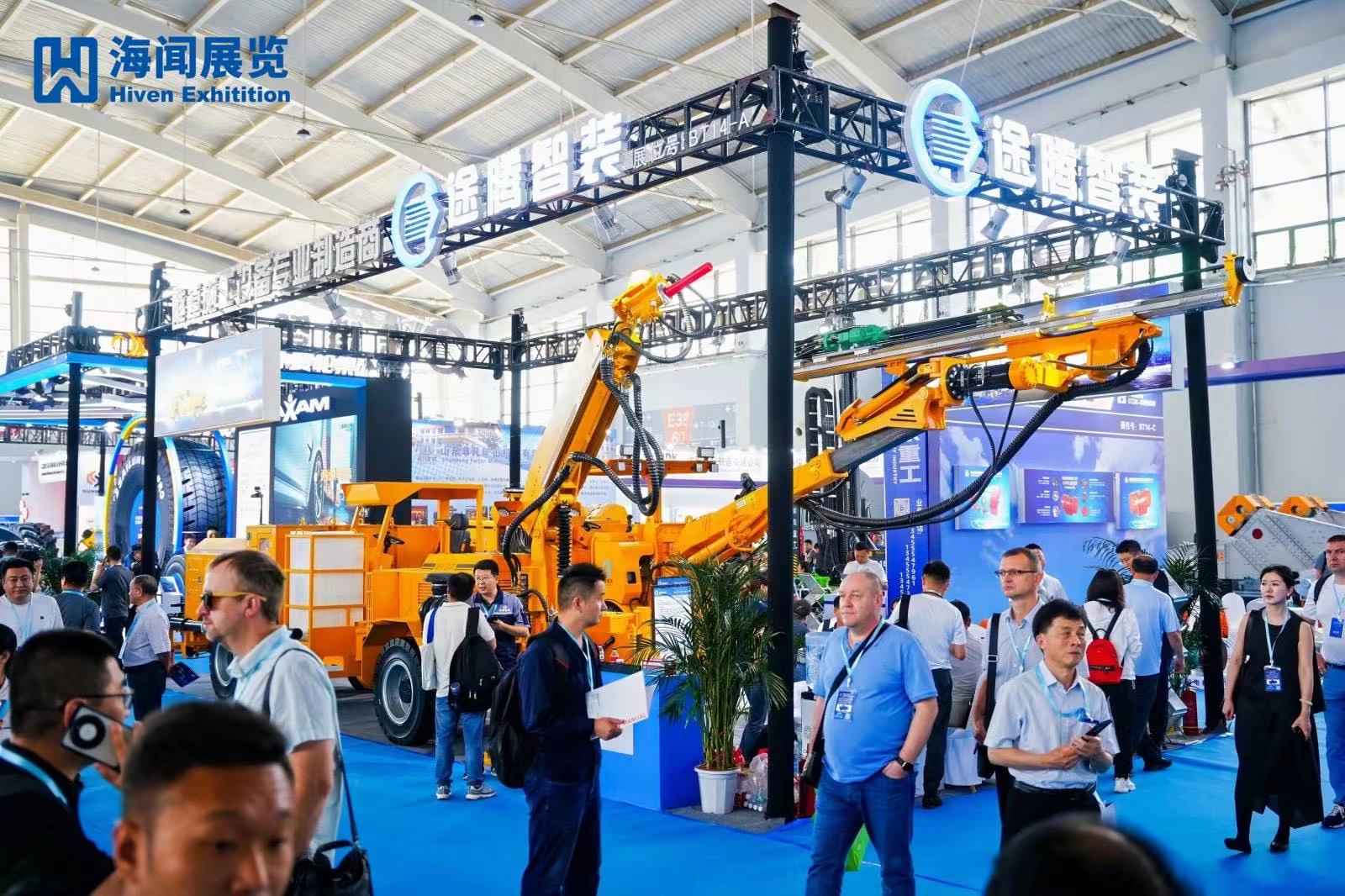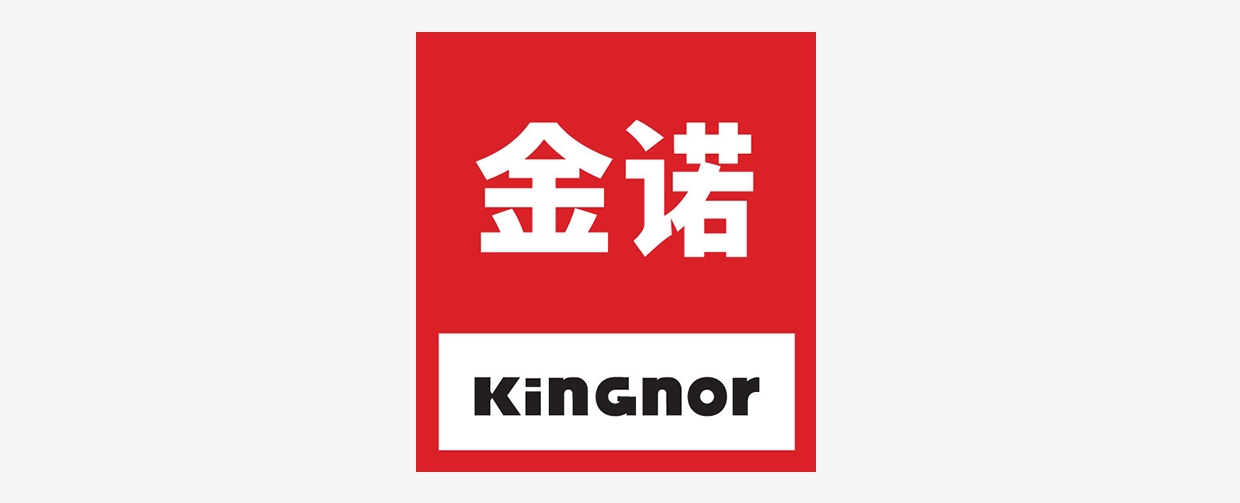About CIME
MORE+
China International Mining Exhibition (CIME) is one of the international exhibitions with high professional level and wide influence in the mining industry in Asia, and since its inception, it has become an important window for China's mining industry to open to the outside world, and has strongly promoted the in-depth cooperation and exchanges of the global mining industry. CIME focuses on the development trend of Chinese and foreign mining industries and the development, consumption and trade cooperation of strategic mineral resources under the new situation, gathers global mining factor resources, strengthens the leading role of scientific and technological innovation, and strives to build a cutting-edge, open and innovative industrial ecology with global competitiveness. More......




















